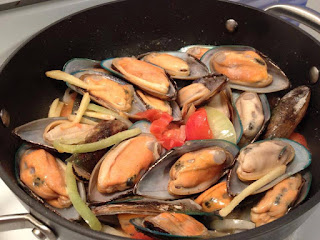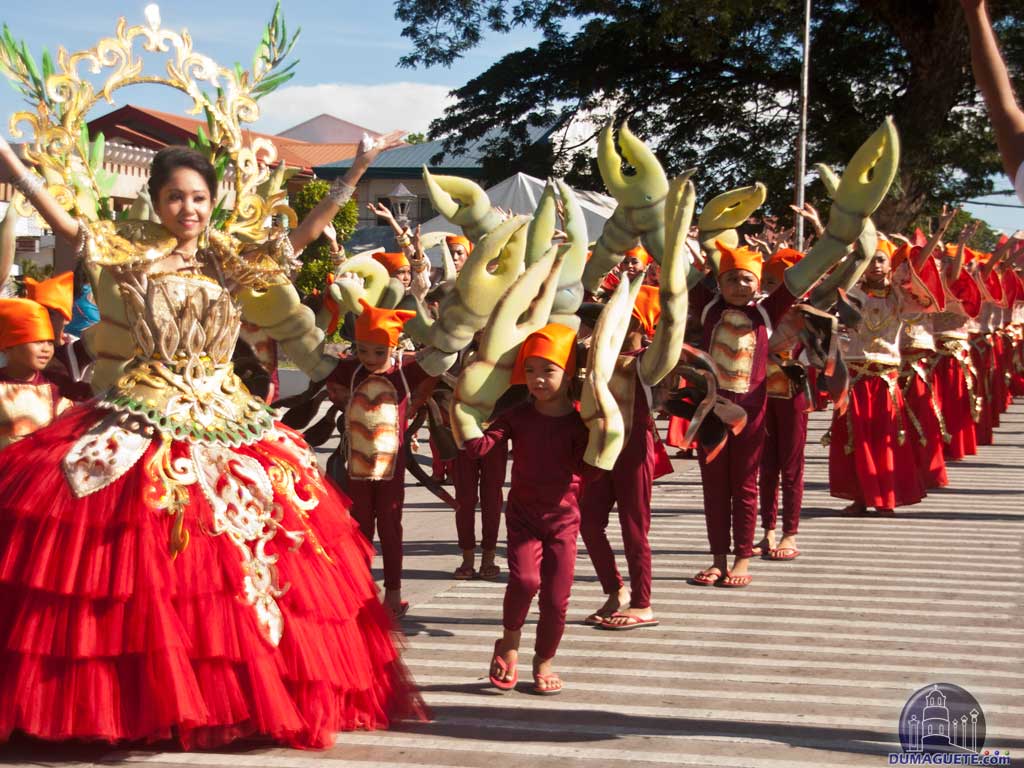Products
coffee, coconut, tropical fruits, Embroidered stuffs, Tamarind wine, fresh vegetables, lambanog, dalanghita nectar, chocomilk/fresh milk, pandan floor pillow








Places of Interest
The Historic House of General Emilio Aguinaldo in Kawit, Cavite.
The ancestral house of General Emilio Aguinaldo in Kawit, Cavite was first built in 1845 and reconstructed in 1849. On March 22, 1869, the first president of the First Republic of the Philippines, Emilio Aguinaldo was born here. It is also where the Philippine independence from Spain was first proclaimed from the window of its grand hall along with the playing of Julian Felipe's Marcha National Filipina on On June 12, 1898.
The house was declared a National Shrine through Republic Act 4039 on June 18, 1964.
Legendary Mt. Makiling in the Province of Laguna
is a dormant volcano in Laguna Province on the island of Luzon, Philippines. The mountain rises to an elevation of 1,090 m (3,580 ft) above mean sea level and is the highest feature of the Laguna Volcanic Field. The volcano has no recorded historic eruption but volcanism is still evident through geothermal features like mud spring and hot springs.
Pagsanjan River
is one of the most famous waterfalls in the Philippines. Located in the Province of Laguna the falls is one of the major tourist attractions of the region.The three-drop waterfall is reached by a river trip on dugout canoe, known locally as Shooting the rapids, originating from the municipality of Pagsanjan.The falls can also be reached from the top by a short hike from Cavinti. The boat ride has been an attraction since the Spanish Colonial Era with the oldest written account in 1894. The town of Pagsanjan lies at the confluence of two rivers, the Balanac River and the Bumbungan River (also known as the Pagsanjan River).


Beautiful but active Taal Volcano
is a complex volcano located on the island of Luzon in the Philippines. It is the second most active volcano in the Philippines with 33 historical eruptions. All of these eruptions are concentrated on Volcano island near the middle of Taal Lake. The lake partially fills Taal Caldera, which was formed by prehistoric eruptions between 140,000 and 5,380 BP. Viewed from Tagatay Ridge, Taal Volcano and Lake presents one of the most picturesque and attractive views in the Philippines. It is located about 50 kilometres (31 miles) south of the capital of the country, the city of Manila.
The volcano had several violent eruptions in the past causing loss of life in the island and the populated areas surrounding the lake, with the death toll estimated at around 5,000 to 6,000. Because of its proximity to populated areas and its eruptive history, the volcano was designated a Decade Volcano, worthy of close study to prevent future natural disaster. All volcanoes of the Philippines are part of the Pacific Ring of Fire


Diving in Anilao, Province of Batangas
Anilao is a Marine Protected Sanctuary. It is the best spot in the Philippines for underwater macro photography. Compared to the rest of the world, it is normally ranked for Muck Diving in the top 3 at Third position after the Lembeh Strait in Indonesia and Mabul Island in Malaysia.
Here you will find vibrant and colourful Nudibranchs and a huge variety of Critters like Crabs, Shrimps and Cuttlefish. It is not rare to observe the rather strange looking Hairy Frogfish, Blue-Ringed Octopus as well as Mimic Octopus and Rhinopias. Mantis Shrimp, several species of Gobies and Bobbit Worms are also common encounters. The best place for muck diving is Secret Bay also known as Mainit Muck. This is also a great spot for an exhilirating night dive.
Mystical Mt.Banahaw - a dormant volcanic peak in the Province of Quezon
Mt. Banahaw is the grandest of the Southern Tagalog mountains. Towering high over the provinces of Laguna and Quezon, its significance in religion and folklore makes it not only a physical, but also a cultural landmark. It is home to Rizalistas and other cults, some of whom believe the mountain as the “New Jerusalem”. To a wider populace, it is a sacred mountain, visited every Holy Week by devotees, some of whom made it a pledge to regularly climb Banahaw. Thus it is not surprising that places in the mountain have religious names, such as “Kweba ng Dios Ama” (Cave of the God the Father) and “Kalbaryo” (Calvary). At its foot village of Kinabuhayan, all sorts of amulets, magical stones, and healing herbs are peddled, together with souvenir shirts.
Delicacies
Bulalo
Longganisang Lukban
Pansit Habhab
Tahong Oyster
In this region, you’ll find several dishes that might sound more familiar to most, especially to Manileños. From the breakfast favorite, Longganisang Lukban, to fresh tahong (mussels) and oysters in Cavite, these classic Filipino food staples are a must for foodtrippers in the area.
The region is also known for Quezon’s Pancit Habhab (Lucban), a close cousin to the more familiar Pancit Canton. Made with dried flour noodles, it’s best eaten by getting down and dirty with your hands, making use of the banana leaf the dish is traditionally served on.
With the area being a major producer of beef in the country, there’s also Batangas’Bulalo. The beef dish is flavored almost solely by the rendered-down fat and cartilage, making for a hearty (although not necessarily healthy) dish for cool and breezy evenings by Taal Lake and the Taal Volcano.
Literary Forms
- Ana Kalang Festival: Staging the Town's Myths, Legends, and Culture
- The Myth of Maria Makiling
- Alamat ng Batangas
- The Legend of Holy Mountain-Mt.Banahaw
- The Myth of Wawa Dam in Montalban, Rizal
Language/Dialect
- Tagalog
- English
- Chavacano



















